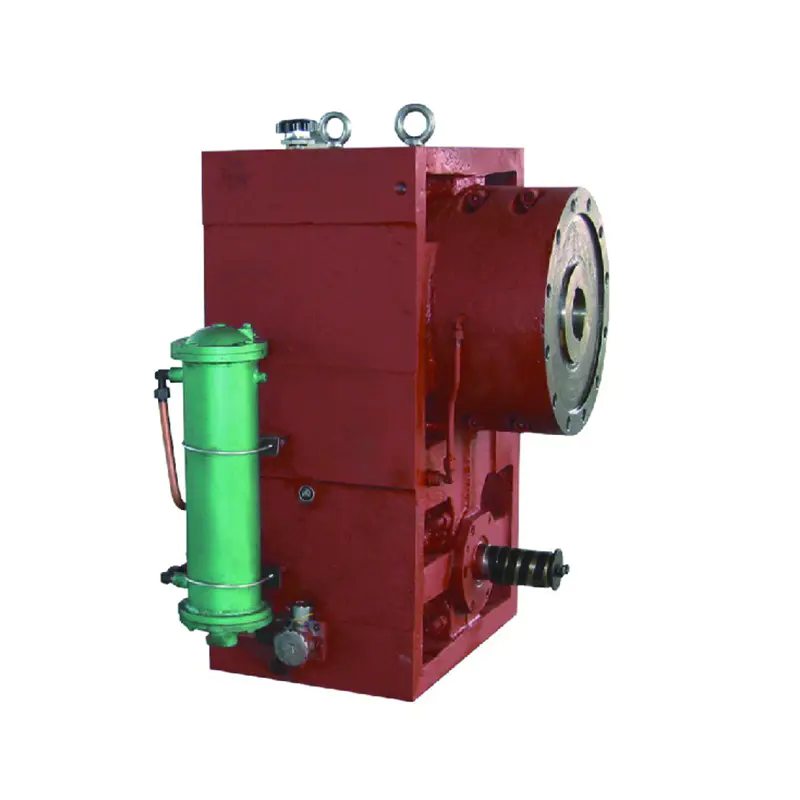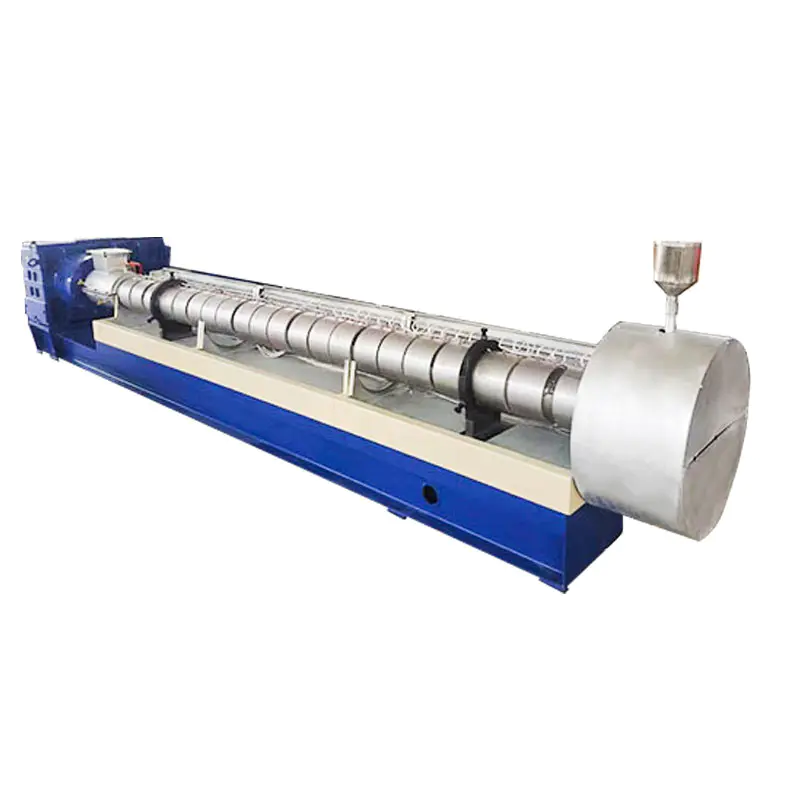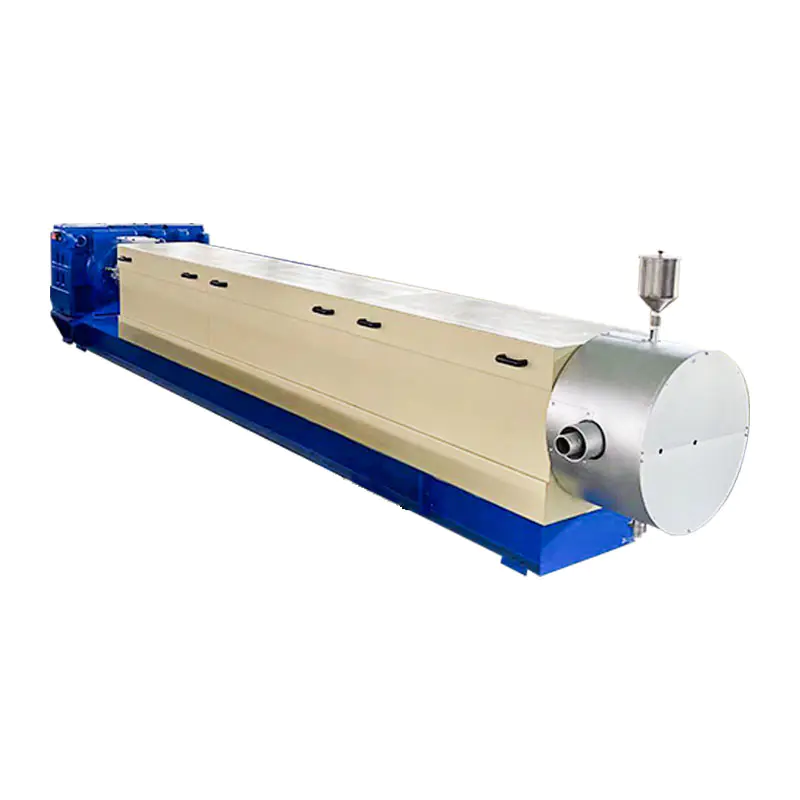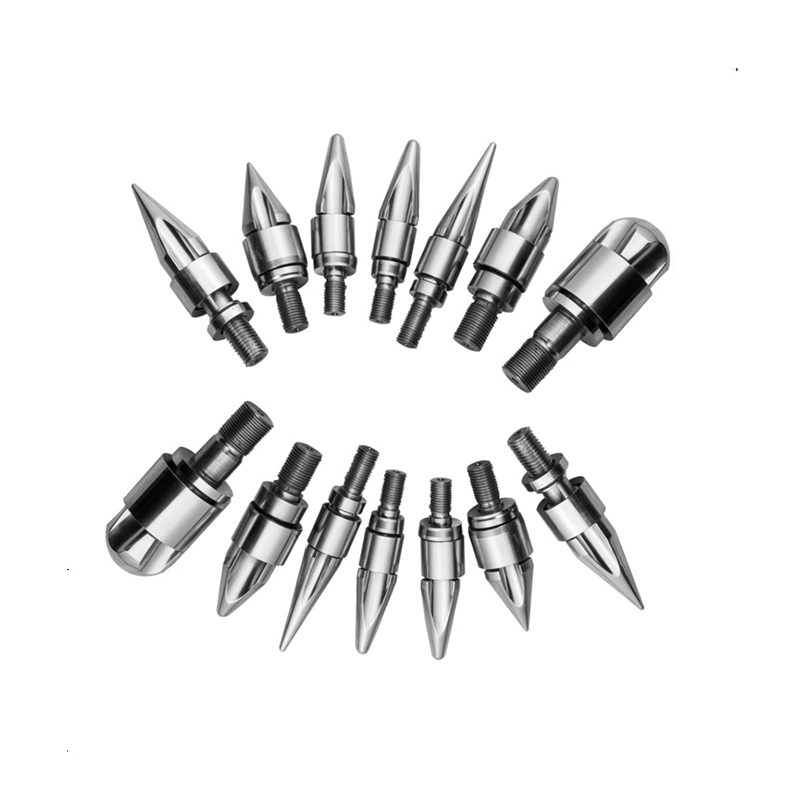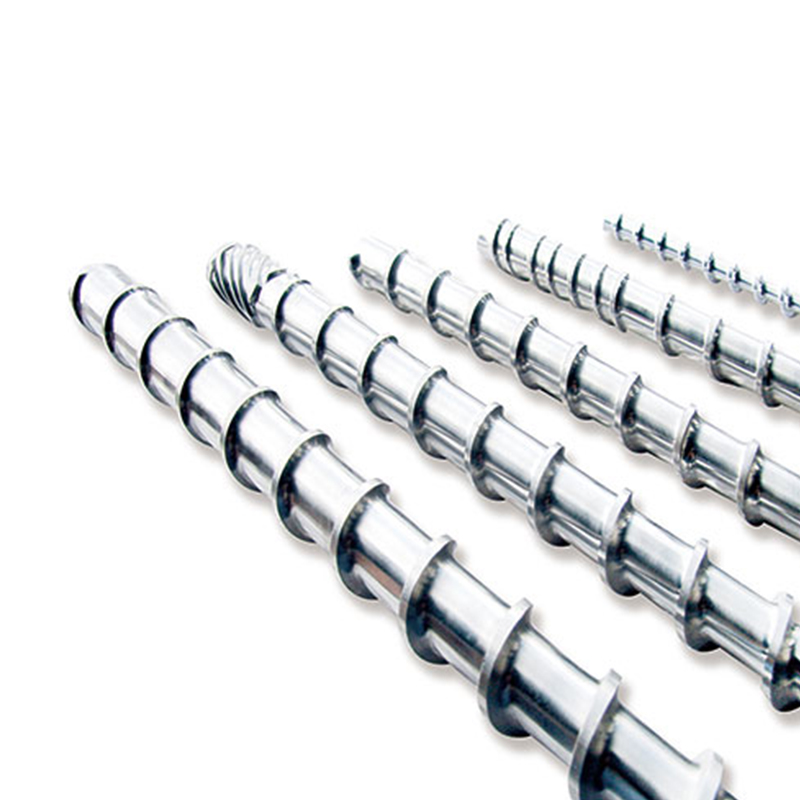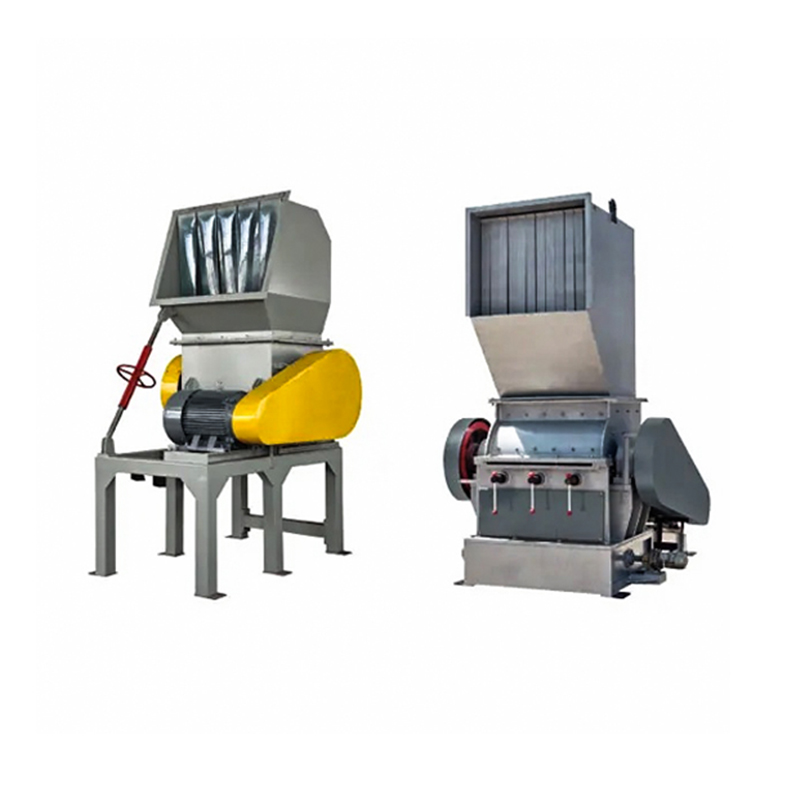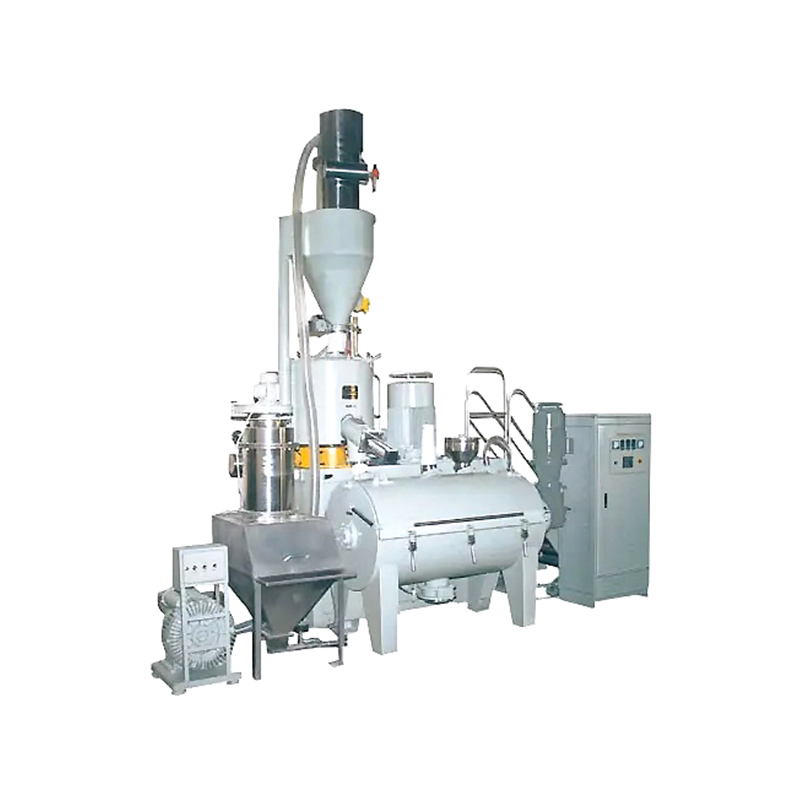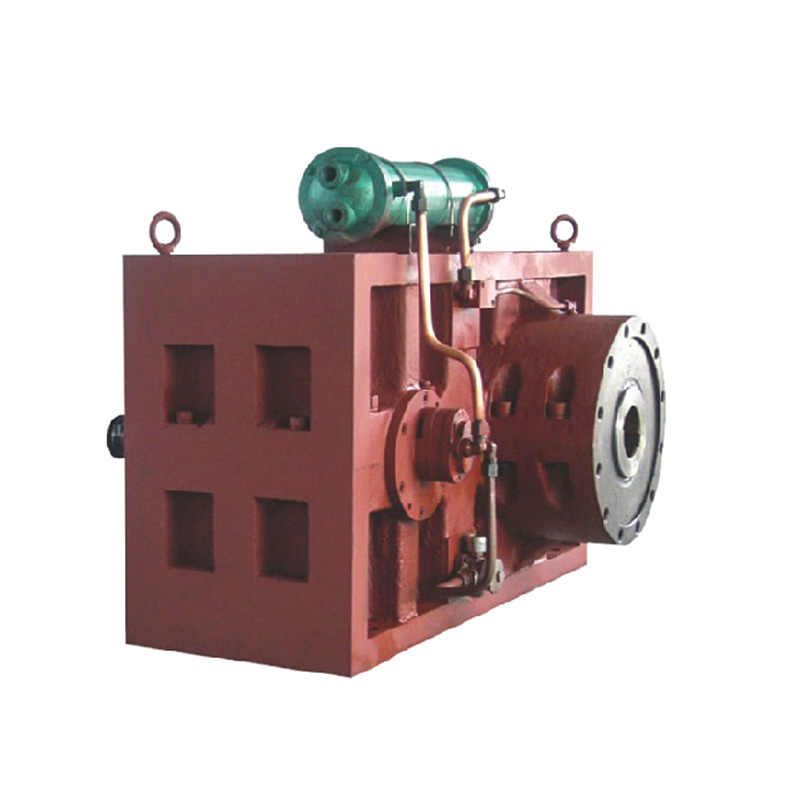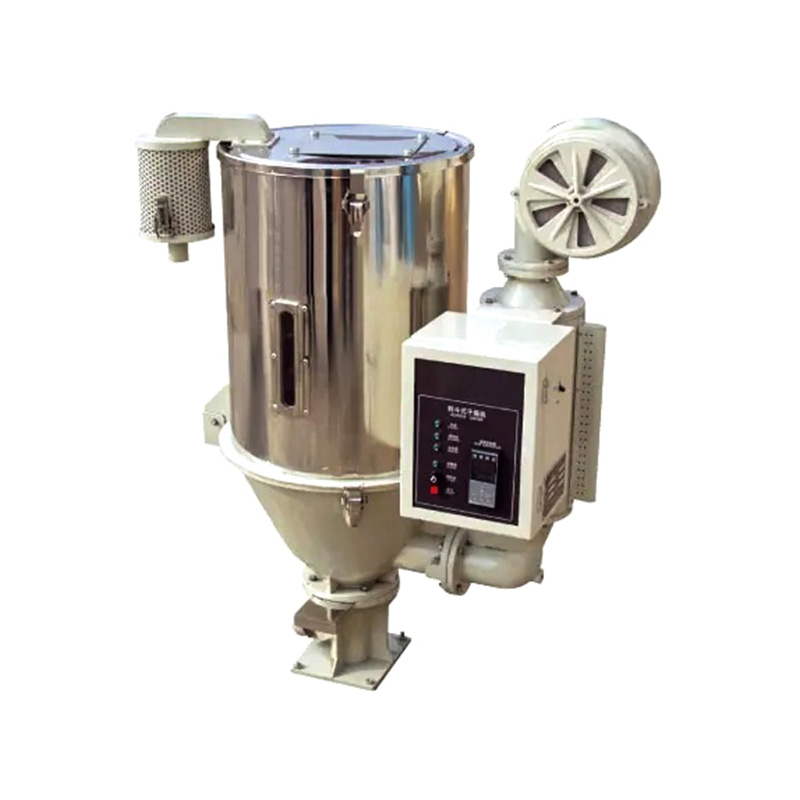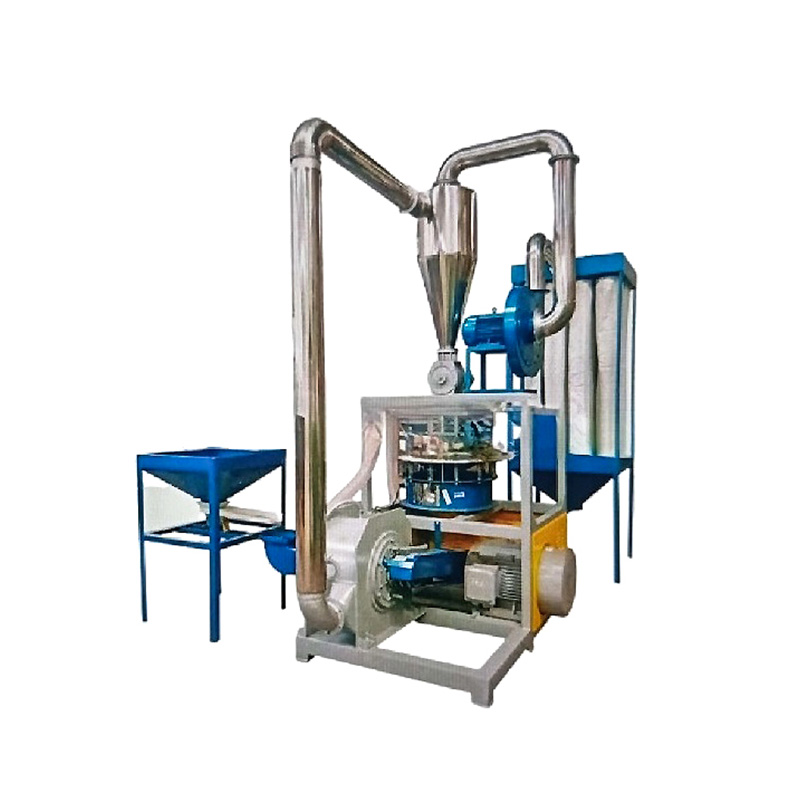In industrial plastic processing, the plastic pelleting machine plays a critical role in transforming raw plastic materials into uniform pellets for further manufacturing. These machines are essential in recycling and production lines, but like any equipment, they can encounter operational issues that disrupt efficiency. Understanding how to troubleshoot common problems is key to minimizing downtime and maintaining productivity.
Concept of a Plastic Pelleting Machine
A plastic pelleting machine is a device used to convert plastic waste or raw plastic materials into small, consistent pellets. This process involves melting, extruding, and cutting the plastic into granular form, which is easier to handle, store, and use in subsequent manufacturing steps. The machine typically consists of components such as a hopper for feeding material, an extruder barrel with screws for melting and mixing, a die for shaping, and a cutter for pellet formation. The principle relies on controlled heat and mechanical force to achieve homogeneous pellets with desired properties like size and density.
Types of Plastic Pelleting Machines
Plastic pelleting machines are categorized based on their design and operation. Common types include single-screw extruders, which use one rotating screw to process materials and are suitable for straightforward applications, and twin-screw extruders, which employ two intermeshing screws for better mixing and are ideal for complex or filled plastics. Another variation is the underwater pelletizing system, where pellets are cut and cooled in a water bath, often used for thermoplastics to achieve smooth surfaces. Additionally, strand pelletizers involve extruding plastic into strands that are cooled and cut, while dry-face pelletizers minimize water contact for certain polymers. Each type has specific mechanisms tailored to different material characteristics and output requirements.
Applications in Industry
Plastic pelleting machines are widely applied in sectors such as plastic recycling, where they process post-consumer or industrial waste into reusable pellets. In manufacturing, they produce raw materials for injection molding, blow molding, or extrusion processes. The automotive, packaging, and construction industries rely on these pellets for creating products like containers, pipes, and automotive parts. The versatility of plastic pelleting machines allows them to handle various polymers, including polyethylene, polypropylene, and PVC, contributing to resource efficiency and circular economy initiatives.
Comparison of Common Issues and Solutions
When troubleshooting a plastic pelleting machine, it is useful to compare typical issues to identify root causes. For instance, pellet size inconsistency may stem from die wear or cutter blade problems, whereas machine blockages often relate to material contamination or improper feeding. Overheating can result from screw design mismatches or cooling system failures, unlike motor failures which might be due to electrical issues or overloading. By contrasting symptoms—such as unusual noises indicating mechanical wear versus smoke pointing to thermal degradation—operators can apply targeted solutions. This comparative approach helps prioritize checks, such as verifying material quality before adjusting mechanical settings, ensuring efficient problem resolution.
Troubleshooting Common Issues
To effectively troubleshoot a plastic pelleting machine, follow a systematic approach. Start with safety precautions, such as disconnecting power and wearing protective gear. Common issues and their solutions include:
-
Blockages in the extruder: Often caused by foreign materials or inconsistent feed. To resolve, inspect and clean the hopper and screw sections. Ensure raw materials are free of contaminants and properly dried.
-
Inconsistent pellet size: This may result from worn cutter blades or die holes. Check and replace blades if necessary, and verify the die for damage or clogging. Adjust the cutter speed to match the extrusion rate.
-
Overheating: Typically due to excessive friction or cooling system malfunctions. Monitor temperature controls and clean cooling channels. Inspect the screw and barrel for wear that could increase resistance.
-
Motor failure: Check electrical connections and load ratings. Look for signs of overheating or unusual vibrations, and consult the machine manual for torque specifications.
-
Poor pellet quality (e.g., discoloration or voids): This can indicate moisture in the material or incorrect temperature settings. Pre-dry the plastic and calibrate the heating zones according to polymer specifications.
Regular maintenance, such as lubricating moving parts and calibrating sensors, can prevent many issues. Always refer to the manufacturer's guidelines for specific procedures.
Frequently Asked Questions (FAQ)
Q: What is the first step when a plastic pelleting machine stops working?
A: Begin by shutting down the machine safely and checking for obvious issues like power supply or material jams. Review error codes or logs if available.
Q: How often should maintenance be performed on a plastic pelleting machine?
A: Maintenance frequency depends on usage, but generally, daily checks for cleanliness and weekly inspections of screws and cutters are recommended. Follow the manufacturer's schedule for major services.
Q: Can all types of plastics be processed in the same plastic pelleting machine?
A: No, different polymers require specific settings. For example, hygroscopic materials like PET need thorough drying, while others may need adjusted temperatures. Consult material compatibility charts.
Q: What causes excessive noise during operation?
A: Noise can indicate mechanical issues such as bearing wear, misaligned components, or foreign objects in the machine. Inspect and lubricate parts as needed.
Q: How can pellet uniformity be improved?
A: Ensure consistent feed rates, maintain sharp cutter blades, and monitor temperature stability. Using high-quality raw materials and regular die maintenance also helps.
Troubleshooting a plastic pelleting machine involves understanding its components, recognizing common problems, and applying methodical solutions. By adhering to preventive maintenance and operational best practices, users can enhance machine longevity and performance, supporting efficient plastic processing operations.



 عربى
عربى
